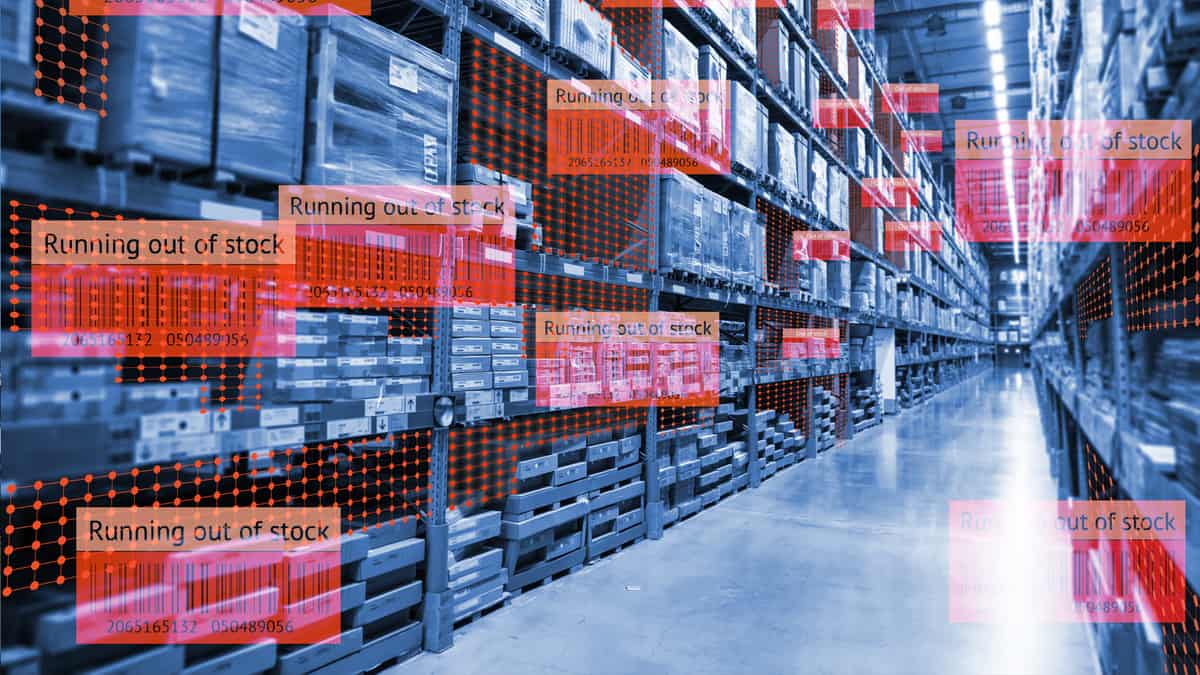A new research report from the world’s leading logistics real estate investment trust, Prologis Inc. (NYSE: PLD), highlights the benefits of automated logistics warehouses.
The first installment of a two-part series on automation in logistics real estate from the San Francisco-based company’s research team notes a rapid increase in warehouse automation as e-commerce growth accelerates and labor issues remain a headwind.
The report shows e-commerce logistics operations are leading the adoption of more automation in the supply chain. As e-commerce growth has accelerated significantly during the pandemic, with more consumers buying goods online that require at-home delivery fulfillment, warehouse tenants are seeking technology to solve the increased labor headwinds e-commerce brings.
The report noted e-commerce fulfillment is three times more labor-intensive compared to standard logistics operations, and online sales are twice as volatile as traditional brick-and-mortar retail sales. Normal logistics operations utilize one employee per 1,000 square feet, whereas e-commerce operations require three employees on average to work the same amount of space. Additionally, concerns over contracting or spreading COVID have led to increased employee absenteeism at logistics facilities, further complicating labor issues.
This makes automated solutions more viable as they can improve labor productivity and smooth out spikes in demand.
Proximity to the end consumer and labor availability are the primary factors tenants consider when choosing sites, often trading one for the other to a degree. The ability to minimize labor headwinds through technology can allow tenants to improve delivery times and reduce transportation costs. They are also able to “unlock infill and urban locations where labor costs and availability have traditionally been hurdles.”
The research said that increased use of technology at logistics facilities has more to do with labor than minimizing square footage. “Logistics users invest in automation primarily to improve labor productivity and through-put, not to reduce square footage.” Further, automated systems reduce congestion in facilities, making them safer.
In the past, many tenants have shied away from fully automated facilities due to the high cost, limited flexibility and the time it takes to recoup the investment. “Move-in costs for fully automated facilities are 4-5x higher than no-to-low automation move-in costs,” the report said. However, as automated capabilities improve and expand, implementation costs decline, and returns on investment improve, adoption of the technologies is growing as well.
“This dramatic transformation cannot be overstated: What was expected to take years to gain traction is occurring in mere months. As a result, some logistics customers are making significant investments in automation,” the report stated when discussing the emergence of e-commerce and automation.
End-to-end automation is still rare and overall adoption rates, especially for fixed automation like sorters, palletizers, pallet shuttles, and storage and retrieval systems, remain low. However, the report said that adoption of at least one type of technology is 20% to 25% across the industry.
Increased automation can include the implementation of just one technology to improve a certain task or increase efficiency, and doesn’t have to include a full-scale facility overhaul resulting in “dark, fully-autonomous operations and/or dramatic changes to real estate use.” The increased use of “mobile automation and modular fixed automation means that the physical characteristics of buildings matter less as technologies become more flexible.” Also, many facility features can be retrofitted.
“The fastest-growing automation solutions are more flexible, more mobile and less tied to physical building characteristics than they were in the past.”
Prologis’ industrial real estate portfolio stands at $145 billion in total assets under management. The company’s nearly 1 billion square feet of owned and managed properties spans 19 countries, serving 5,500 customers. Many of its warehouses in the U.S. service ports on both coasts, regional distribution hubs, and rail and intermodal facilities.











